Environmental Choice or natural laundry powder is a program that is supported by the New Zealand (nz) government and is administered by an independent organization known as the New Zealand Ecolabelling Trust. It is a participant in a global network for the certification of environmentally responsible products.
A maker of laundry detergent must offer test results and proof that its product does not include substances that are either detrimental to the environment or unneeded for the removal of filth in order for the detergent to fulfill the requirements that have been established.
In addition, the data from the tests has to demonstrate that the components are capable of biodegrading quickly. Environmental Choice does not prohibit the use of phosphates; however, it does impose restrictions on the number of phosphates that may be used in a detergent, as well as the detergent’s maximum pH level.
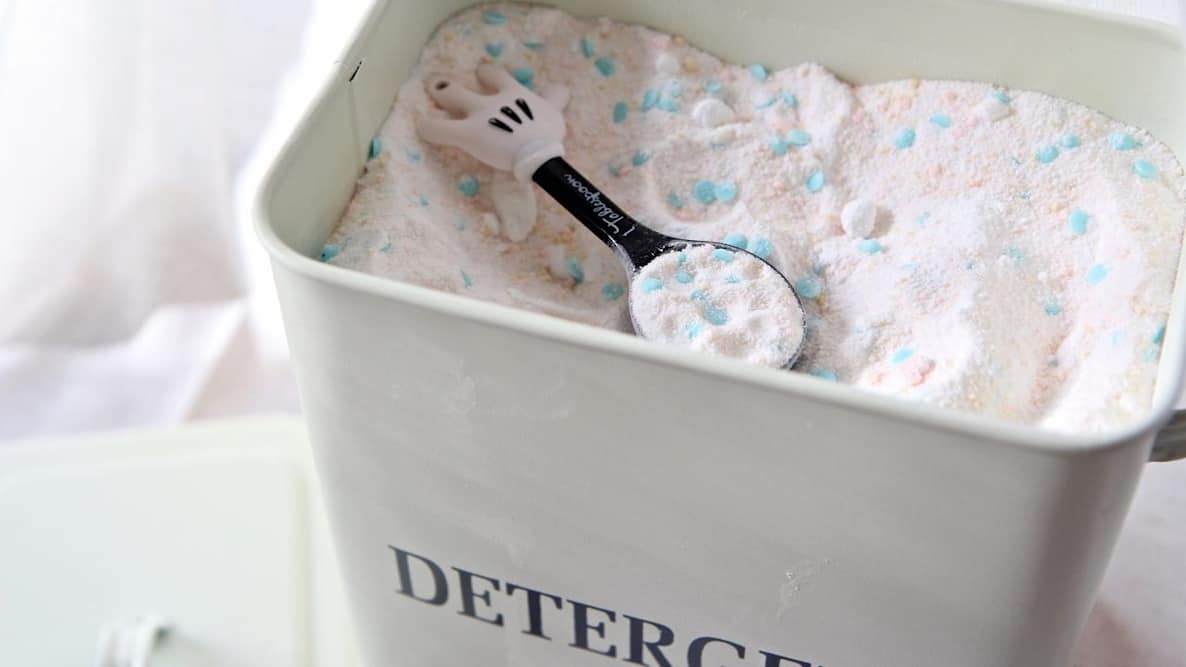
Products that are eligible for approval by Environmental Choice must also fulfill certain requirements regarding consumer information, packaging, and cleaning performance.
It Gets the Checkmark of Approval
Green Tick is a firm based in New Zealand that conducts audits of manufacturing processes to see how well they measure up to independent criteria for quality management and sustainability.
An independent auditor evaluates the manufacturer in order to determine whether or not they meet the criteria for accreditation.
During this process, the auditor looks over any relevant documentation, conducts factory inspections, and communicates with relevant government agencies to ensure that there are no problems with environmental or health safety. The evaluation process also includes the selection of items at random from the variety of offerings made by the producer.
Is the water that’s been used for the washing machine okay to use in the garden?
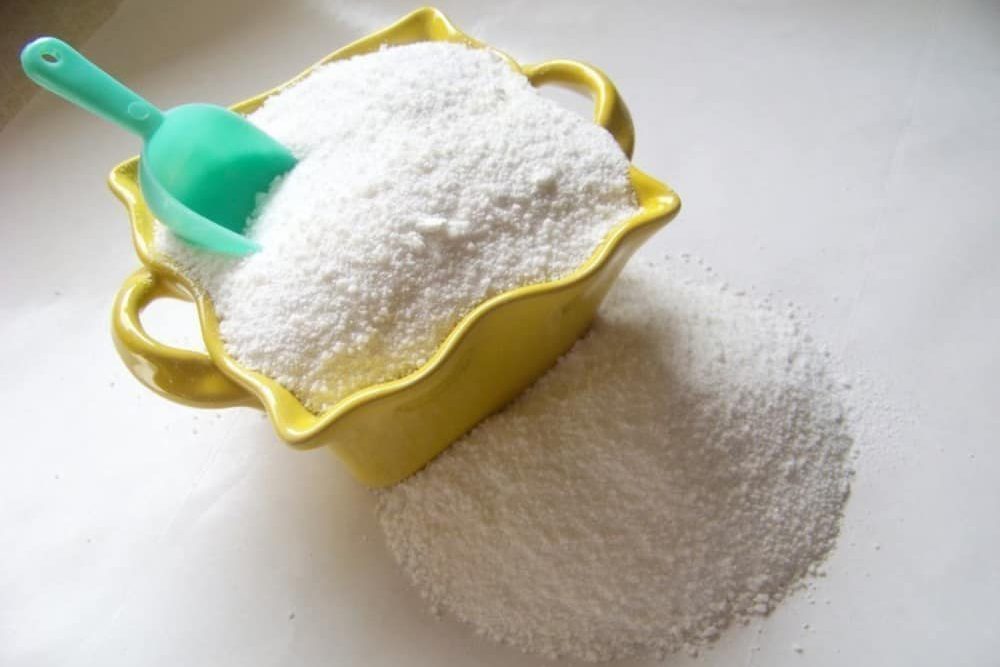
In the event that your garden is suffering as a result of a dry period, you may be tempted to utilize the water from your washing machine.
However, collecting and recycling grey water, which refers to the wastewater from sources such as sinks, bathtubs, showers, and washing machines but excludes water from toilets and bidets, poses a number of potential health risks.
In the event that you want to redirect the grey water into a tank, you should inquire with the local council about the need of obtaining a permit. If you are only going to collect the water in containers and then use it to water the plants immediately, you won’t need one.
Additionally, there is a problem with chemical substances. The following constituents of wash water are the ones that are most likely to create problems:
Salinity/sodium (the sodium in salts kills plants and changes soil structure) (the sodium in salts harms plants and affects soil structure).
Phosphorus (when phosphorus enters rivers it may produce excessive algae bloom) (when this gets into waterways it can cause excessive algal growth).
Having a high pH (laundry detergents that have a high pH can harm plants). The vast majority of the detergents that we tested claim to either not contain any phosphates at all or to contain just trace amounts.
If you simply use the water from the rinse, you may lessen the effect that the chemicals have.
It is important to note that acid-loving plants, such as azaleas, rhododendrons, daphnes, and camellias, should not be watered with any kind of recycled grey water, even water that has been washed or rinsed. In addition to this, you should never use reclaimed water on anything that you would consume uncooked.

Techniques for removing difficult stains
Try using these suggestions the next time you find yourself confronted with a difficult wash.
Bringing the dosage up over the amount that is advised will result in much cleaner really filthy garments, but it won’t make much of a difference in a regular load. When you use extra detergent beyond a certain point, there is no longer any benefit to be seen; instead, you are just squandering your money and releasing more toxins into the environment.
When washing anything that’s particularly dirty, you may want to try washing it at a higher temperature, but before you do, be sure to read the care label on the item.
Because dirt and grease stains become more pliable at higher temperatures, the mechanical action of the washing machine is able to more effectively eliminate them. However, cold washes are perfectly acceptable for routine washing, and they help save money on the cost of powering the washing machine.
The standard washing process may provide better outcomes for dirty items if they are pre-soaked beforehand. This helps loosen dirt so that it may be removed from the surface in a more straightforward manner. In very filthy areas, working a little amount of detergent into the fabric with your finger will also be helpful. Again, before doing anything else, make sure you check the label.
Find a detergent that includes optical brighteners if you want your whites to remain as white as they were when you bought them. They do this by coating the cloth with a reflecting solution, which gives the fabric a cleaner and brighter look. Because dye may transfer from one item of clothing to another while it is being washed, you should wash your whites in a separate load of laundry.
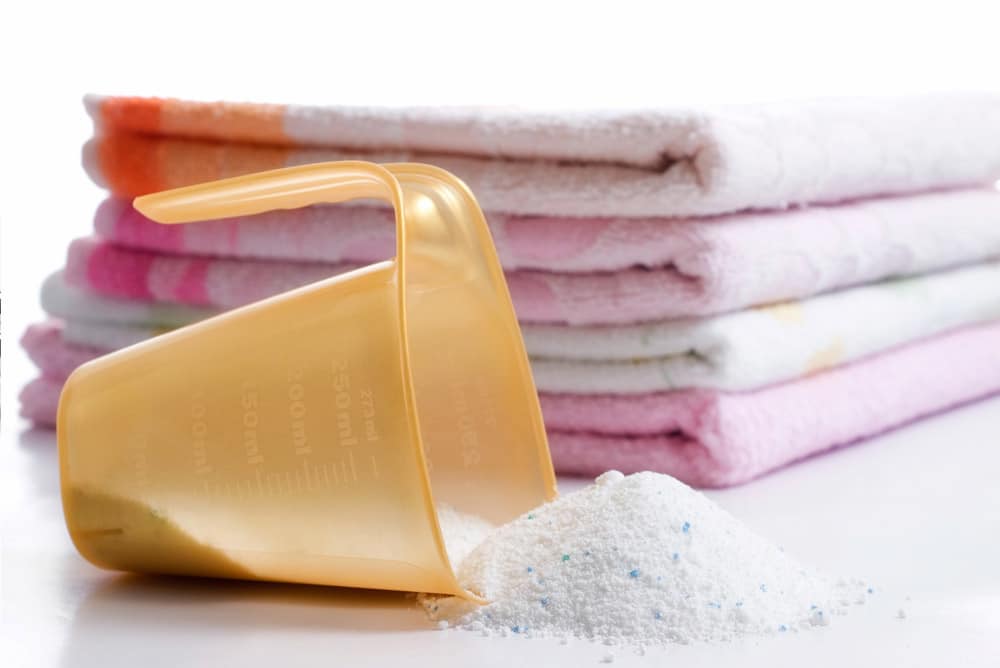
explanation of ingredients
You need to know what’s in your detergent if you have sensitive skin or want to reduce your environmental effect.
The water’s surface tension is reduced by surfactants. This makes it easier for water to enter the fabric, which aids in removing grease and oil. To lessen the quantity of foam, specialized front-loading detergents may include silicon compounds or unique surfactants.
Blood, grass, and other stains are the focus of enzymes. If you have sensitive skin, stay away from enzymes since they might irritate it.
Clothes are expected to seem whiter and brighter when optical brighteners are used. White materials are less likely to turn gray thanks to them, but they don’t truly get the dirt out. Detergents containing brighteners should be avoided by those with sensitive skin.
Surfactants are improved by builders by softening hard water and increasing alkalinity. They keep dirt suspended so that it is removed by the water and does not end up on your clothing again.
Fillers prevent the clumping of washing powder in the package (so it makes them easy to pour).
To disguise the scent of the substances and for cosmetic purposes, the fragrance is used. Since scent is a personal experience, we don’t comment on fragrance since what one person considers disagreeable may be perfume to another.

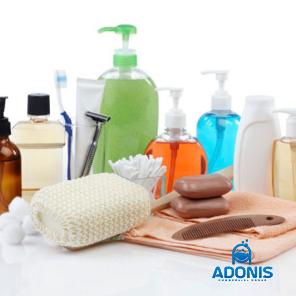

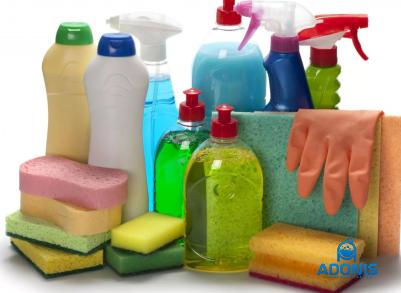


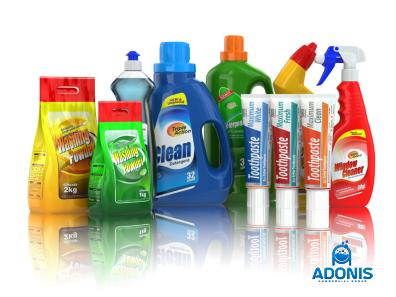

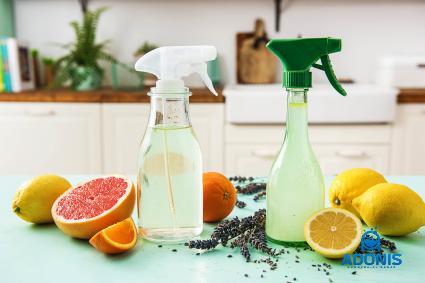


Your comment submitted.